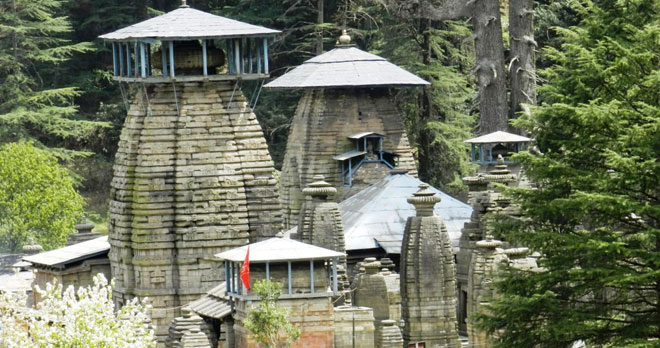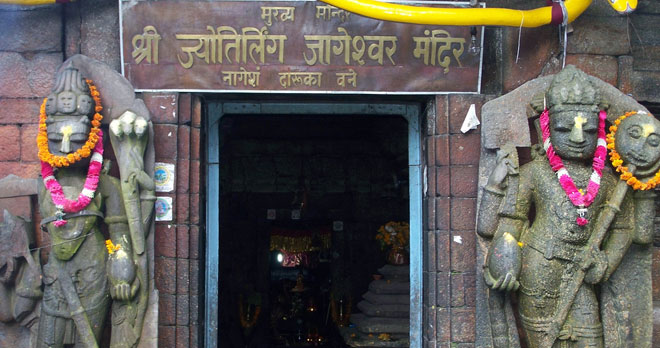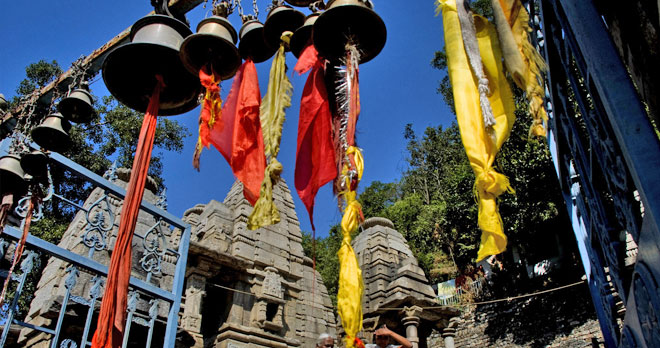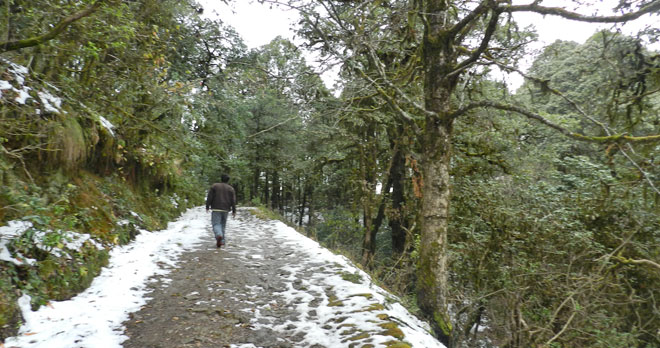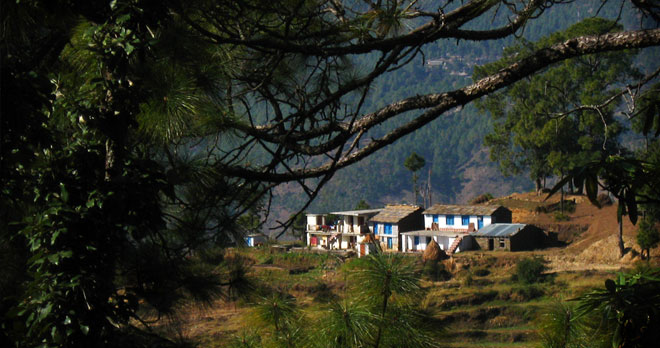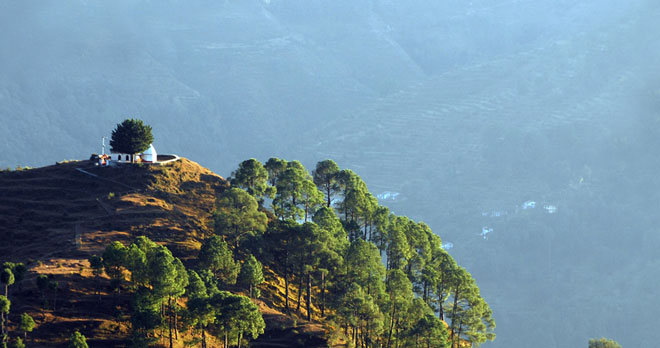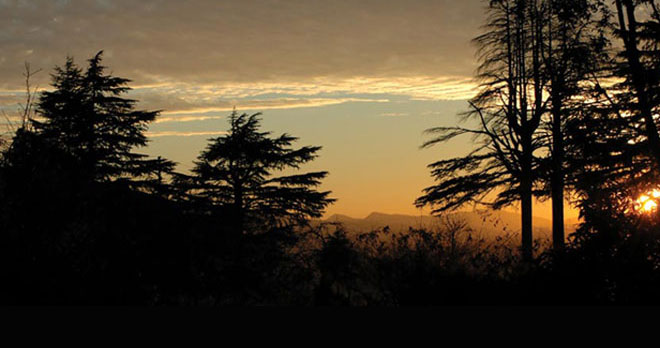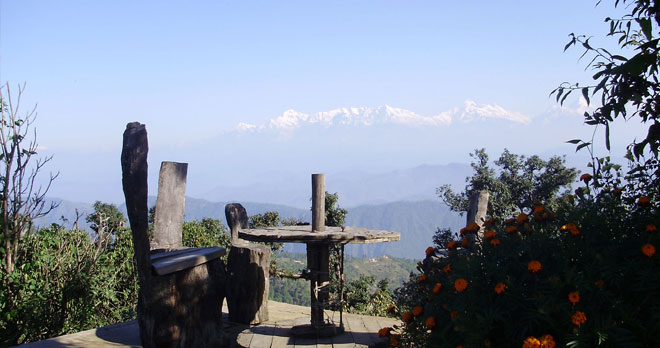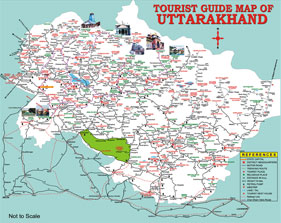Jageshwar
The mystical and tranquil setting of Jageshwar makes it an ideal holiday destination to explore and rejuvenate the body and mind. Many years ago, Jageshwar used to be a pilgrim halt en-route to the famous Kailash-Mansarovar pilgrimage. Today, due to easy access from Delhi via train to Kathgodam and then just a two-three hour drive along beautiful Kumaoni villages and Deodar forests makes it a popular off-the-beaten track kind of destination.
The surrounding deodar trees and the Jata Ganga which flows through the temple lends to the beauty of the place. The place also acts as a meditation center due to the calm, fresh and beautiful environment surrounding the temple.
Jageshwar Tourist Places
Jageshwar Temple Complex: Jageshwar is a religious place with over 100 temples devoted to Lord Shiva. You can go around Jageshwar and witness the exquisite architecture of temples like Dandeshwar temple which portrays elegant samples of ancient iconography.
Jagannath Temple: Do not forget to catch a glimpse of the highly impressive image of Ganesha and life-sized dwarapalas (door guardians) outside the Jagannath temple.
Jageshwar Mahadev: Tarun Jageshwar is one of the principal temples situated in the temple premises. The temple has two dwarapalas (door guardians) in the form of the armed Nandi and Skandi. This is a west facing temple of Lord Shiva. Here, Shiva is worshipped in the form of Nagesh/Jageshwar. In the sanctum sanctorum of the temple, the Shivlinga is divided into two parts. The larger one depicts Shiva and smaller one his consort Parvati. An Akhand Jyoti burns in the temple. There are two Asthadhatu statues of Chand Kings Deepchand and Tripalchand in the standing posture behind the Shivlinga.
Kuber Temple: The cluster of temples at Jageshwar can be best seen from Kuber Temple.
Sri Maha-Mritunjaya Mahadev: The Mahamrityunjay temple is the largest and oldest temple in the Jageshwar temple complex. This temple of Shiva is eastern facing and the Linga is worshipped as the saviour from death. The unique linga has an eye shaped opening. It is believed that reciting the Maha Mritunjaya Mantra is an auspicious and powerful method of self-realisation. It helps in the removal of evil effects, and gives freedom from all kinds of fears, illness and negativity.
Dandeshwar Shiv Temple Complex: Situated slightly upstream from the Jageshwar temple complex, the Dandeshwar temple complex is in a dilapidated condition. This place is 200 mts from Artola village from where temples of Jageshwar starts. From this place Vinayak Kshetra or sacred area begins. This place lies between Jhanker Saim temple,Vrudhh jageshwar and Koteshwar temples.
Mritola Ashram: It is a centre of spiritual and natural beauty near Jageshwar. It takes 10 kms for trek from Jageshwar to Shokiathal and Mritola Ashram, one can also reach by road to Vridh Jageshwar then 2 kms trek from there. Many foreign tourists are fond of this ashram.
Vinayak Kshetra: This place is 200 mts from Artola village from where temples of Jageshwar starts. From this place Vinayak Kshetra or the sacred area begins. This place lies between Jhanker Saim temple, Vridhh jageshwar and Koteshwar temples.
Jhanker Saim Mahadev: This temple is situated south of Jageshwar. Legend has it that during the Tapasya by Lord Shiva, Demons obstruct His penance. Then God Jhanker Saim come into being as Trinetra and sent his Ganas to kill the demons.
Sri Briddha or Budha Jageshwar: This Vriddha Jageshwar temple is situated three kms north to Jageshwar. This temple is situated at the top of the hill and comes after a uphill trek. It is contemporary to Jageshwar group of temples. Its a great place for a view in the mornings, when you can see the snow-capped Himalayan view.
Pushti Devi or Pushti Bhagawati Maa: It is the temple of Goddess Pushti Devi. The temple enshrines a complete idol of the Goddesses. This temple is situated in the Jageshwar main premises.
Airavat Gufa: A cave close the Jageshwar temples
Archaeological Museum: The Archeological Museum run by Archaeological Survey of India (ASI), houses idols and statuettes removed from Jageshwar shrine dating 9th to 13th century AD.
Lakulisha: Lakulisha was considered the last avatar of Lord Shiva. He was one of the earliest teachers of Pasupata philosophy. There is a small Shivling inside this temple.
Activities in Jageshwar:
Nature walks, Bird watching, Trekking, Exploring caves nearby, Meditation & Yoga, Splendid view of Himalayan snow mountains from Vriddha Jageshwar, Pre-historic paintings at LakhudiyarFairs and Festivals in Jageshwar:
The Jageshwar Monsoon Festival: held between 15 July to 15 August takes place at Jageshwar during the Hindu calendar month of ShravanThe annual Maha Shivratri Mela: takes place during spring has an important place in the calendar of the entire Kumaon The ancient treatise Prasadmandanam describe this place as an abode of Lord Shiva
Puja in Jageshwar
The temple priest also organise various aarti and pooja in the Jagehswar Dham. Some of the popular puja are: Rudra Abhishek, Maha Mrityunjaya Puja, Navagraha Puja, Mahalaxmi Puja, Rahu Puja and Kal Sarp Puja.






